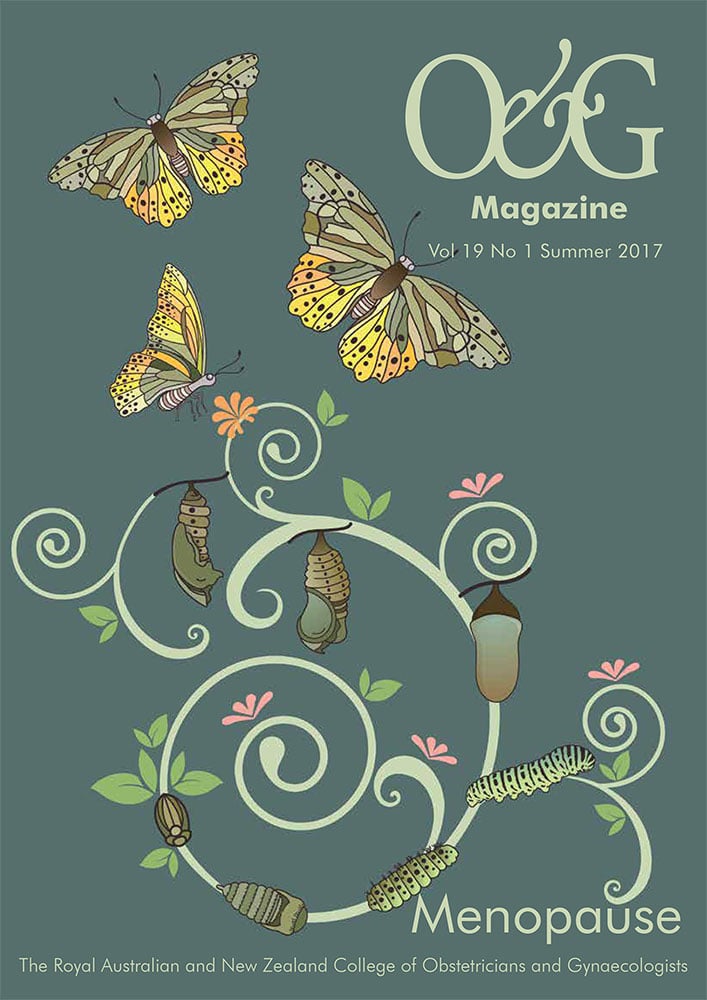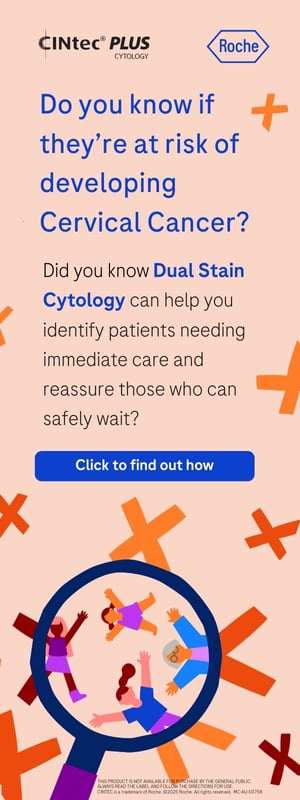The February ANZJOG is the first issue for 2017, and the first in our new format. By making some changes to the paper used for both the cover and the text, we have been able to move to colour throughout the Journal – both as images supplied by authors and as colour used by our production department to highlight and distinguish between articles – with no increase in production costs. There have also been changes to the fonts and to the layout of articles that I hope will make for an enhanced reading experience. I would like to thank all College House and Wiley staff who have worked hard to make these changes possible.
There have been some changes also in the composition of the Editorial Board; Dr Gerry Wain, Prof Alec Welsh and Prof Peter Dietz have retired following many years of service to ANZJOG. In their place A/Prof Penny Blomfield and Dr Sean Seeho have joined the Board and I am happy to welcome them.
There are also a number of initiatives around the Journal to report. The first is the use of ORCID identifiers (iD) for the corresponding authors of all submissions to ANZJOG. An ORCID identifier is a unique and permanent identity number and password that ensures an author can be easily and correctly connected to their research and publications. Authors submitting to ANZJOG will only need to provide an ORCID iD once. For future submissions, their ORCID iD will appear automatically as part of their author details on the ANZJOG website. ANZJOG’s publisher, Wiley, is a founding member of ORCID, which aims to solve the problem of name ambiguity among contributors to research. More than 2.1 million ORCID iDs have now been issued around the world and this figure continues to grow as more journals and research institutions integrate ORCID into their workflows.
Secondly, our peer reviewers now have the opportunity to opt-in to receive recognition for their review contributions at Publons.com. Publons is an online resource that provides a way for reviewers to be recognised without breaking their anonymity in a format that can be used for CPD points, promotion and funding applications. You can read more about the Publons service at publons.com/in/wiley. ANZJOG reviewers are now automatically invited to join Publons when they return a review to the Journal’s website.
During 2016, our number of ANZJOG reviewers rose to 332, from 272 in 2015. I am extremely grateful to all our reviewers, who volunteer their services, but more reviewers are always welcome; for further information, contact Sarah Ortenzio at [email protected].
Wiley also partners with Scimex, which ensures that ANZJOG articles that may be of direct public interest are picked up and mainstream media journalists notified. Since mid-December, four ANZJOG articles have appeared on Scimex. More information about Scimex and recent articles can be found at www.scimex.org.
While the concept of Impact Factors analysing and quantifying academic citations in academic journals is widely understood, the existence of Altmetric is probably less well known. Altmetric is a relatively new development that calculates the level of online interaction relating to the scholarly content of an article. If a paper has been mentioned in a news story or discussed via a social media platform, Altmetric not only collects this information, but also makes it readily available. Displayed in a colour-coded wreath, an Altmetric score indicates where a paper has been mentioned and the value of these mentions, as well as providing links to view all identified online communications. Readers of ANZJOG online will see that Altmetric provides scores for each paper. More information is available at www.altmetric.com.
Over the last year, a large proportion of Altmetric scores have been influenced by social media engagement, particularly Twitter. While the figures are low, we are working on growing our online presence as well as making this space more accessible to authors. When submitting articles authors now have the option of including a Twitter handle, which can be used for wider online promotion. In a time when social media may influence success, relying only on academic citations will not give an accurate picture of the reach of research. In the last issue of O&G Magazine, Natashija Katu provided further information about the use of Twitter.
And finally, a reminder that the ANZJOG app is live in the Apple and Google stores, with College members able to use their existing logins to access content.






Leave a Reply